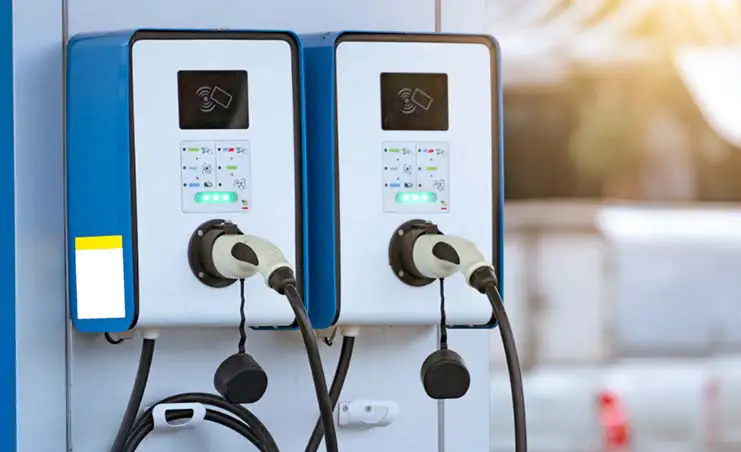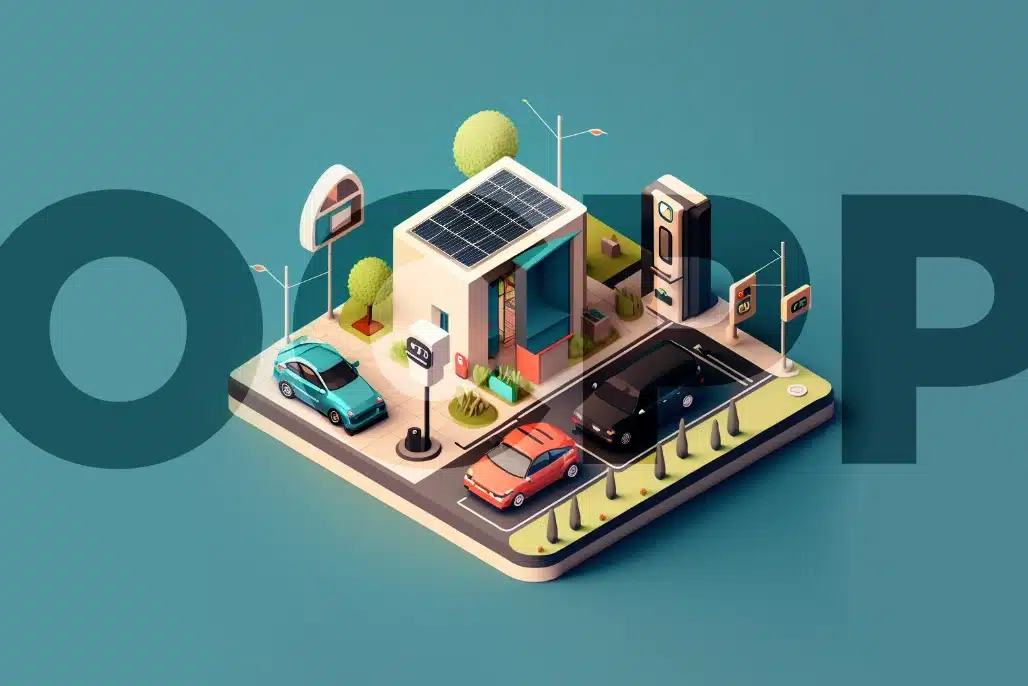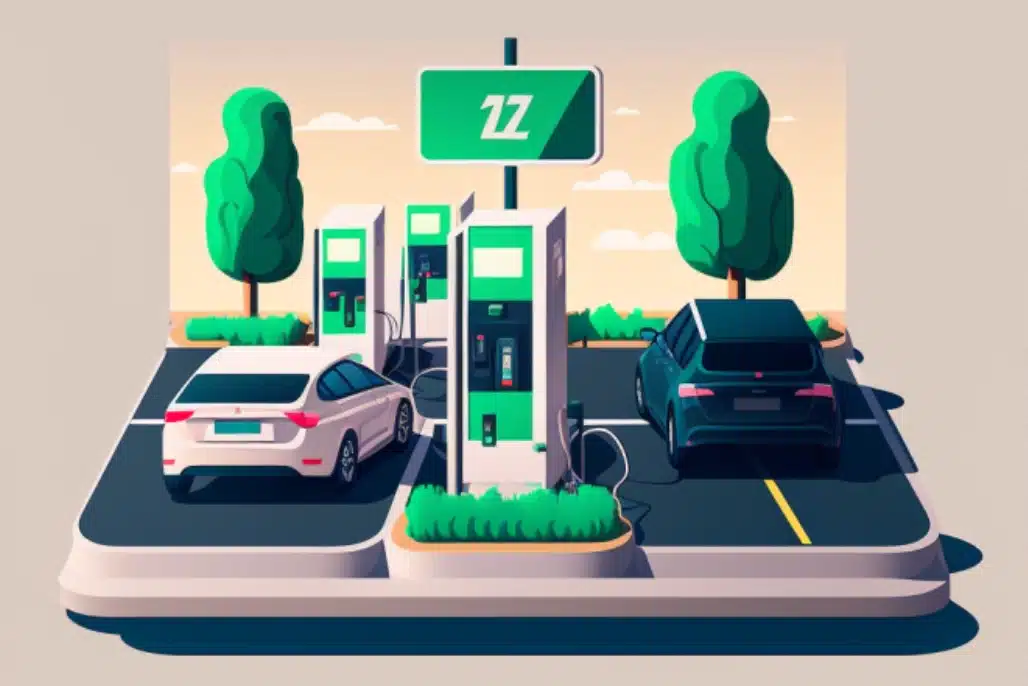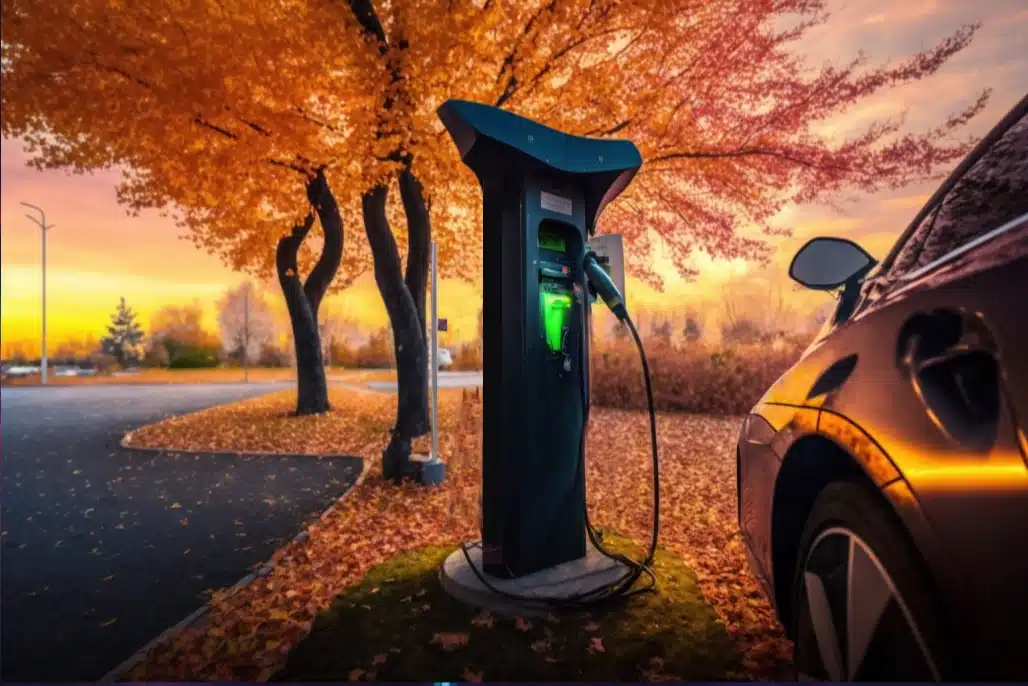The Curse of Range Anxiety
The general EV charging infrastructure is something of great importance at the moment as EV take-up increases throughout the general population. Unfortunately, range anxiety, as it is known, is one of the primary factors (along with the initial upfront cost of EVs themselves) that prevents their rapid adoption.
Analysis has found, however, that most journeys take place within a relatively limited local area. An overnight slower home charge is sufficient to cater for a day’s motoring and return to base at the end of the day.
EV owners with longer commutes, those with a working day that involves travelling, or those with generally larger families that travel further distances must gravitate toward EVs with larger batteries and, therefore, longer ranges. That’s not to mention the occasional cross-country journey or even international travel.
All of the previous EV owners will have to make use of the public EV charging infrastructure at some point during their journeys.
Already businesses have been quick to adapt to and monetise the consequent growing number of EV charging stations. Companies have been adding such facilities as food markets, sit down cafes, washrooms, and toilets to keep drivers and their passengers occupied whilst their vehicle is charging.
But, the time taken to recharge due to the generally lower range and the much slower refuelling time of EVs compared to conventional fossil fuel-driven vehicles is still a problem. Slow charge times will deter anyone who regularly takes longer journies from buying an EV, at least until battery technology improves somewhat.
People don’t like sitting around for too long or spending unnecessary money that they’re saving from using an EV on endless coffees and cakes whilst waiting for a recharge.
Let’s talk about how this can be addressed.
Current EV Charging Facilities
EV charging facilities have two primary factors limiting their operability and usefulness,
- The Number of Available EV Chargers
- The physical number of parking spaces and associated chargers.
- Their Charging Capacity
- The capacity of each charger and the overall capacity of the charging facility itself.
The number of EV chargers at a charging station is limited by physical space. Therefore, there is always a maximum number of vehicles that can be physically charged at any one time.
Capacity in terms of energy is also a limiting factor for both individual charging stations and the charging station overall. There is a kW limit for every EV charger in every parking space. Multiply this up by the number of spaces, and this must remain at or below the overall charging station limit imposed by its local electrical grid connection.
As you can imagine, the energy demand can become prohibitively high very quickly, and steps must be taken by the charging facility so that the limit is not breached.
Mitigation Strategies
Strategies to avoid excessive demand are limited to either reducing the power demand from currently charging EVs or somehow supplementing charging demand using an additional energy source - each has both positive and negative side effects.
Limiting energy demand requires restricting the power available to charging EVs. This can be done either on a priority basis of some kind (lower capacity first, fastest charging first, even a ‘pay for priority system’, and suchlike) or by lowering supplied power equally across all chargers.
Employing this method effectively slows down charging for (at least some) EVs and can drastically increase charging time - having an associated negative effect on EV owning customers.
Alternatively, some charging stations employ the use of local batteries to supplement supply when demand exceeds available grid power. Naturally, this can only be sustained for a fixed period of time as time has to be allowed for the battery to recharge between uses.
Careful calculations have to be made to both size the battery correctly and allow for suitable charge/discharge cycles based on forecasts of EV population and charging overtime.
If for any reason, demand should increase further, then more batteries would have to be deployed or, for both of the previous cases, expensive additional infrastructure would have to be built in order to install a higher power electrical grid connection if it is available at all.
The Bigger Picture
An alternative approach to building smaller charging stations and effectively continually trading off between supply and demand is to step away from the problem and consider the bigger picture.
If it’s the longer journeys that worry EV owners the most, then perhaps consideration should be given to the placement, size, and capacity of the charging facilities themselves.
Rather than constructing local charging facilities in towns and cities in place of convention fuel stations, which are themselves limited by physical space and the local electricity grid’s capacity - charging facilities could be much larger and strategically located in places where sufficient supply is already available or much easier to construct.
Already charging stations are being installed on motorways which is an excellent idea, and many longer journeys will be along these routes. Space is generally available at current service stations as they tend to be in rural areas, but the limiting factor is the local electrical grid capacity.
With a longer-term vision and targeted high investment, much larger charging facilities could be installed physically close to either existing or planned wind farms, nuclear stations, or arrays of PV panels, with specifically installed battery peak shaving capacity - something with the capacity of megawatts and numbers of chargers in the hundreds.
Addressing the problem of growing the public EV charging infrastructure long term isn’t just a question of replacing your local petrol station with a few EV bays and a solar roof. It’s a much longer-term and much greater issue that requires a significant commitment and investment. It should be thought of in terms of the original infrastructure for petrol stations and their own supply chains and necessary support infrastructure for the 21st century.








